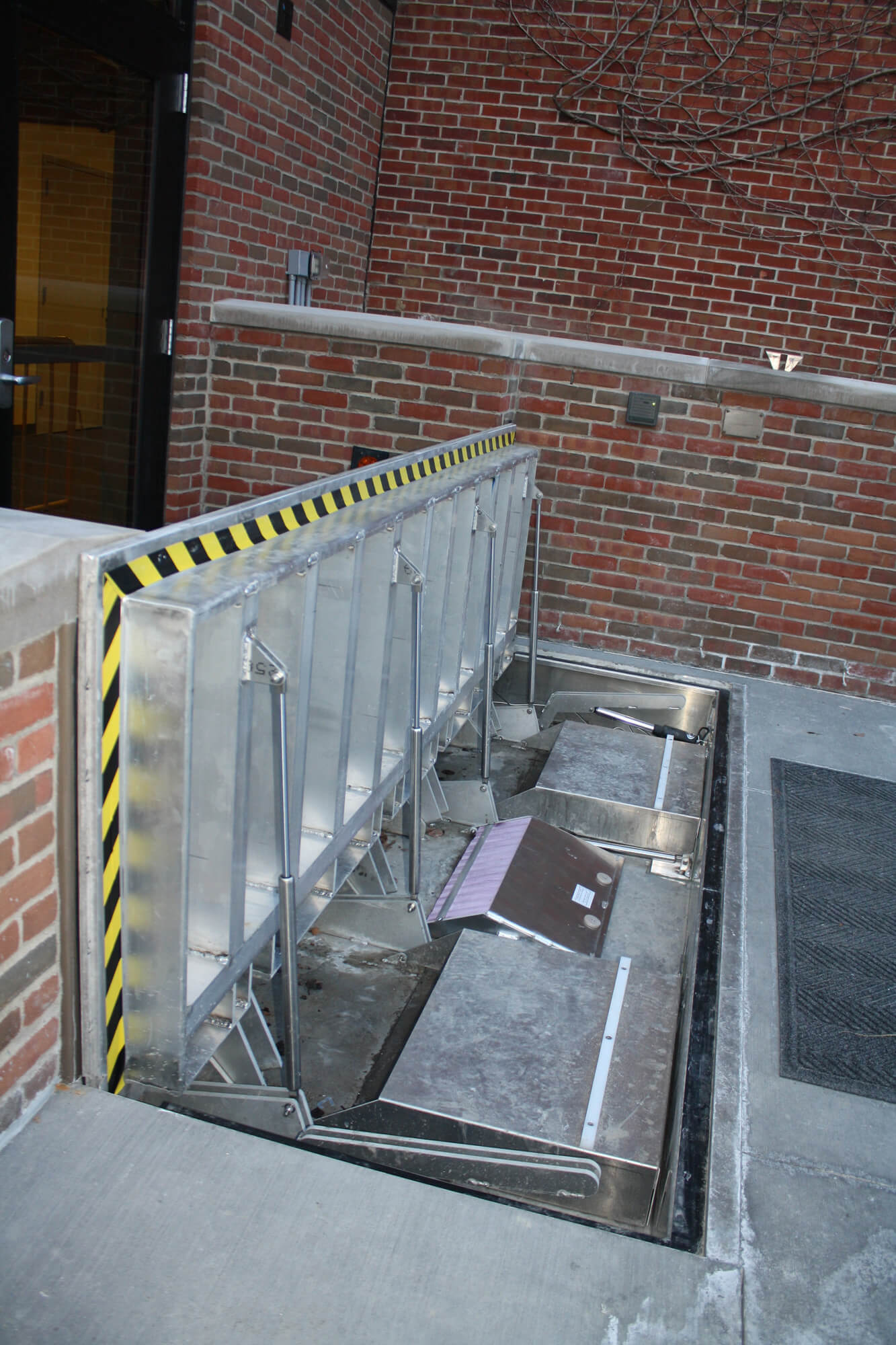
If building a sandbag wall for example, it is important to cover it with plastic sheeting or it will leak quite badly. If you are working in a high wind environment, it may be wise to always have a few sandbags on hand to keep plastic anchored to the ground or the wall it is tying into.ģ) Never Put Plastic Sheeting Under a Flood BarrierĪ common mistake people will make it to put their entire flood barrier on top of plastic.

Putting these sand socks or even larger sandbags onto your plastic to keep it anchored down when surfaces are wet is generally extremely effective. These are lightweight, easy to work with, don’t fall apart, and inexpensive to make. Within the video, we discuss the ease of working with ‘sand-socks’ which are simply long socks we filled with sand. If we are using plastic sheeting and can tape it into place while conditions are dry, that’s fantastic!! Sometimes, working surfaces are wet and tape does not want to stick. We taped around the entire perimeter of the plastic sheeting where water could come in contact with it. In this video example, we used Gorilla Tape to secure the plastic sheeting to the end of our NOAQ Boxwall flood barrier and the brick wall as well as to the ground at the base of the flood barrier. Plastic sheeting is a fantastic tool to make a flood barrier watertight and your individual flood defense scenario may drive your selection of plastic sheeting as desired/required. Summary – We prefer using a thicker 6mm plastic during flood defense projects because it is reliably strong and the forces at play from the weather and water can be destructive but we cannot deny how effectively a thinner gauge plastic sheeting (like a painters ‘drop sheet’ or a plastic trash bag) can seal up potential seepage routes like stamped concrete, grout lines in brick, paver stones, and similar surfaces. This was a great idea and prove to be extremely effective. He knew that stamped concrete and deep grout lines would be potential routes for water to intrude onto the dry side of the barrier and used the thinner plastic for the tie-in which he felt would form a better seal to these areas as water pressure built up on the ‘wet side’ of his barrier. In this case, the customer had stamped concrete at the base and deep grout lines on the brickwork of his home. HOWEVER….one of our customers on a project in Charleston, South Carolina was trying to protect a door from flooding using this same NOAQ Boxwall product and choose to overlay it with a much thinner plastic which was similar to the thickness of a garbage bag and we were impressed with what we saw.

Simply put, it is a more robust plastic and easy to work with. This thicker plastic sheeting performs well against damage from debris floating in the water, airborne hurricane debris, and punctures or tears during construction as well as projects that may span for long distances and could be miles long.

We will regularly cover our flood barriers entirely with a thicker 6mm plastic sheeting for added protection against under-seepage or when working surfaces are porous, erosive, and/or uneven. Here are a few things we have learned about tying a flood defense barrier into a wall, a building, or an alternate flood defense system. Alternatively, if you would appreciate speaking about your home-made flood defenses, we are happy to help in any way we can as our focus lies in helping to prevent loss associated with flooding.

Whether you are looking at where you can purchase flood defense barriers in the USA, are looking for water filled flood barriers for your home, or need something bigger like HESCO Barriers for sale, we can help. Within this example, we enjoy sharing how quick and effective a simple strip of plastic secured with Gorilla Tape can be in sealing up a flood barrier tie-in. This is a cheap and easy solution that works for most of our flood barrier tie-ins whether it be a stack of sandbags, the water filled Flood Tube, Muscle Wall, HESCO Bastion or about any of our other flood defense barriers we keep in stock. This example shows how we used a small strip of plastic sheeting taped to the end of our flood barrier (NOAQ Boxwall in this case) and then to the wall on either side. It is where you butt your flood barriers into a wall or building that you are most likely to get seepage which is why we take great care making these locations as watertight as possible. Flood Defense Group regularly supplies flood barriers that are required to ‘tie-in’ to something like a wall, a building, or even tie into other types of temporary flood barriers.


 0 kommentar(er)
0 kommentar(er)
